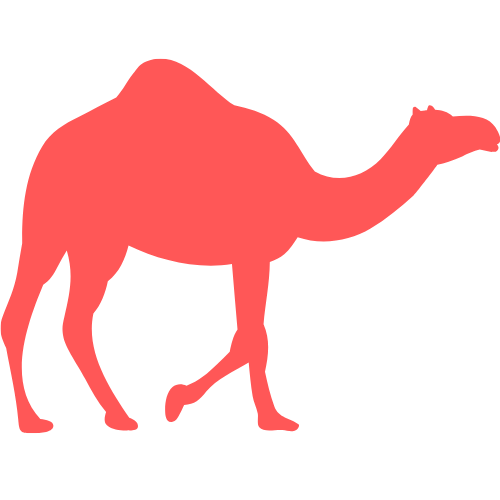Natural Attraction
Sherkala
Sherkala is a large mountain range of unusual shape, formed as a result of the uplift of the seabed in the valleys of the foothills of Karatau. Translated from Turkic, its name means "lion fortress". This is due to the fact that on one side the mountain resembles a lion about to jump. From other angles, the mountain looks like a yurt or an inverted bowl.
Sherkala once stood on the Great Silk Road, which was a connecting thread between East and West. According to historical documents, caravans from Baghdad going to the city of Bulgar on the Kama River stopped here. Over time, this point lost its former significance, as the sea route opened by Vasco de Gamma began to develop. Then Shah Astsyz built the city of Kyzylkala, which existed before the arrival of the Mongols.
During archaeological excavations, coins and military equipment were found in the settlement, which confirms the numerous sieges of the city.
The absolute height of the mountain is 322 meters. There are steep cliffs around the circumference of the mountain, and a domed ridge is located at the top. The mountain consists of clay, cretaceous rocks, limestones and sandstones. The northern part is destroyed by wind and water. The southern and eastern parts are steep and steep, their upper part is blurred.
Featured Tours





